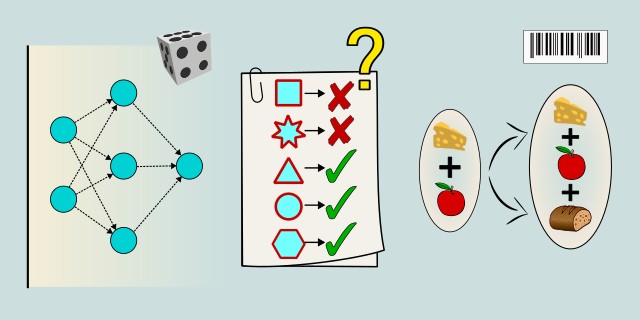ML Compass Guide
ML Compass Guide is your hands-on guide to the world of machine learning. It helps you quickly understand how algorithms work and when to use regression, classification or clustering. You will also explore neural networks, reinforcement learning, and key metrics that show how to measure model performance. Everything comes with simple decision paths and real-world examples. The site is constantly expanding, so you will always find new tips, ideas, and inspiration for your projects.

How to Use This Site
Start by selecting the Machine Learning card below. It’s the starting point of the knowledge map. From there, you can explore different branches like Supervised Learning, Unsupervised Learning, and Reinforcement Learning. Each branch contains various algorithms, each with its own decision path. Follow the paths to learn about the algorithms, their use cases, and how they can be applied to your projects.
Start to learn?
Feedback & Sharing
Give us your thoughts on this page, or share it with others who may find it useful.
Feedback
Found this helpful? Let me know what you think or suggest improvements 👉 Contact me.
